
STYLE/DESIGN
Q&A with NATIVE(X)’s founder
In November, Native American Heritage Month, two controversies surrounding the mainstream's adaptation of Native American culture broke out: Victoria’s Secret's use of Native American inspired costume and No Doubt's "Looking Hot" video where Gwen Stefani and the band members play cowboys and Indians. Both the lingerie shilling company and the genre bending rock band ended up apologizing. Every time this type of controversy brews, it becomes clear that there is a large divide between the exoticism that seems to inspire the non-Native population and what the Native American community sees as offensive insensitivity.
Through NATIVE(X), Mac Bishop wants to help bridge that divide by creating a platform for Native artists to reach a larger audience.
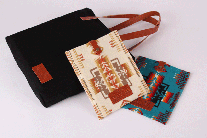
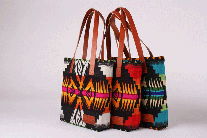
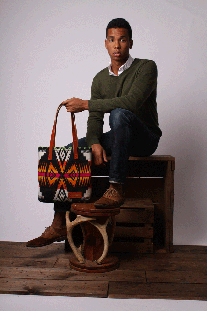
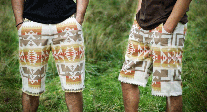
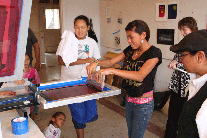
RSS Feed